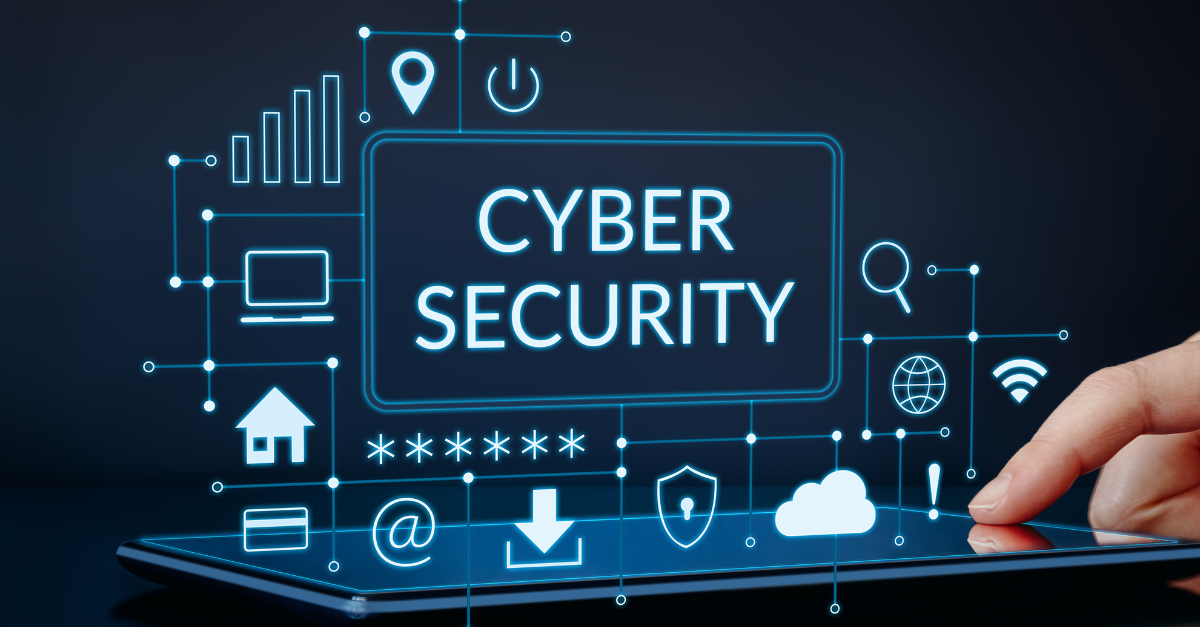
In today’s digital age, cybersecurity is an essential component of any successful business. With the ever-increasing number of cyber threats, it has become increasingly important for businesses to have a comprehensive strategy in place to protect their data and information from malicious actors. This blog post will provide an overview of best practices that businesses can use to mitigate their cyber risks, including employee training, installing firewalls, centralized device management, limiting access to sensitive data, conducting regular security audits, and being prepared.
Train Employees on Cybersecurity Best Practices
One of the most effective ways businesses can protect themselves from cyber threats is by training their employees on how to spot suspicious activity or email and website cams. Instructing staff about how to create strong passwords and utilize two-factor authentication can also help prevent unauthorized access into company systems. Additionally, having an employee education program in place that provides ongoing training on best practices can ensure that all employees are up to date on the latest security protocols.
Implement Firewalls and Monitor Networks for Suspicious Activity
Another way businesses can protect themselves is by deploying firewalls which act as a barrier between networks and unauthorized access attempts. Firewalls should be regularly monitored for suspicious activity or vulnerabilities that could put data at risk. Network traffic should also be closely monitored in order to spot any potential malicious activities such as hacking attempts or phishing scams.
Centralized Device Management
Group policy, MDM (Mobile Device Management) and other centralized system controls are important tools in ensuring that all devices and users within a business or organization remain compliant with the established security protocols. Such controls enable administrators to review configurations, data permissions, software updates, and more from a centralized platform, enabling greater control and overview of operations. When applied properly, these centrally managed resources are also helpful in monitoring any changes to user access rights and document/data manipulation activities; allowing administrators to establish a secure working environment for their users while promoting internal efficiency and workflow optimization.
Limit Access to Sensitive Information
Businesses should also limit access to sensitive information only to those who need it for their job functions. It’s important for companies to establish security policies in place for all third-party vendors, partners, and suppliers with which they work so that everyone is held accountable when it comes to protecting sensitive data. Additionally, companies should have procedures in place in order monitor compliance with these policies in order guarantee that they are not putting their data at risk through careless actions or negligence by outside parties with whom they do business.
Regularly Conduct Security Audits
Businesses should regularly conduct security audits in order identify potential weaknesses before hackers do. Security audits are especially important because they allow organizations to detect any existing vulnerabilities before they become major problems down the road. A comprehensive audit should include everything from reviewing network configurations and patching systems software to testing perimeter defenses and monitoring user activity logs.
Be Prepared and Have a Plan
Finally, business stakeholders must act and develop a plan for when cybersecurity incidents occur. Pre-preparedness is essential to properly handle any kind of cyber attack as the cost of not having a well thought out plan is much more expensive than the development cost. Therefore, developing a response protocol ahead of time to prevent or counteract any potential attacks should be an essential part of day to day operations for stakeholders at all levels. This will ensure that stakeholders are ready for when these incidents occur and can respond in the most effective way possible.
Keeping your business safe from cyber threats requires an effective cybersecurity strategy that takes into account employee training, firewall implementation, limiting access to sensitive information, enforcing compliance with third party vendors, and conducting regular security audits. By following these best practices outlined above your business will be better equipped to mitigate its risks associated with cyber attacks and other malicious activities online. Ultimately this will help ensure the safety of your data while providing peace of mind knowing that you have taken steps toward protecting yourself from cyber criminals intent on stealing your precious customer data or financial records!
Recent Posts
Compliance In Detail: ISO 27001
1 year ago



